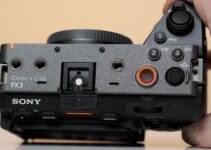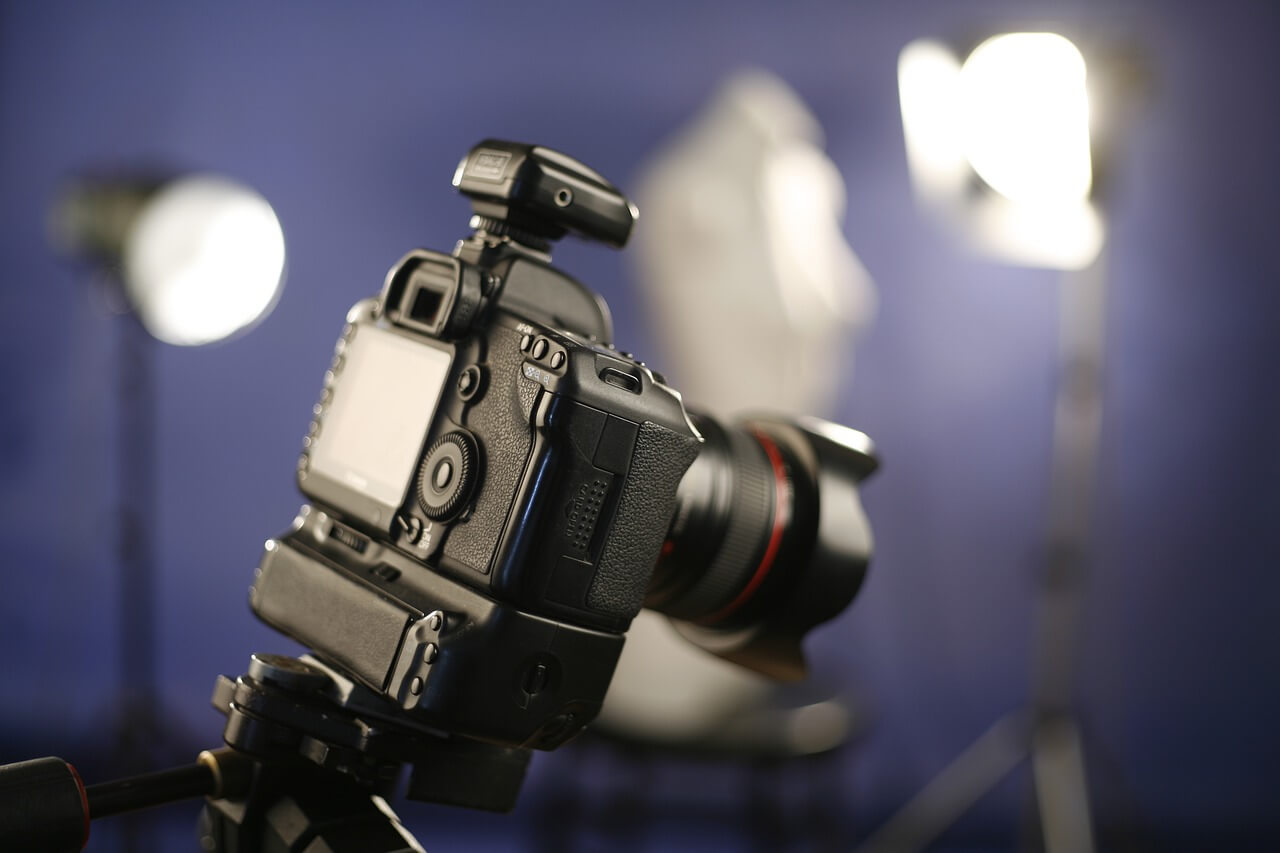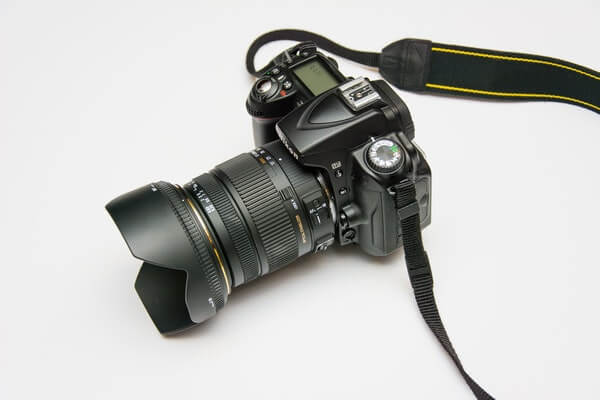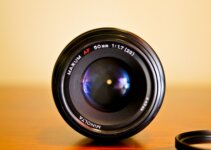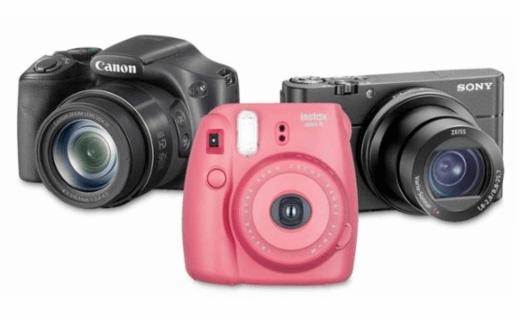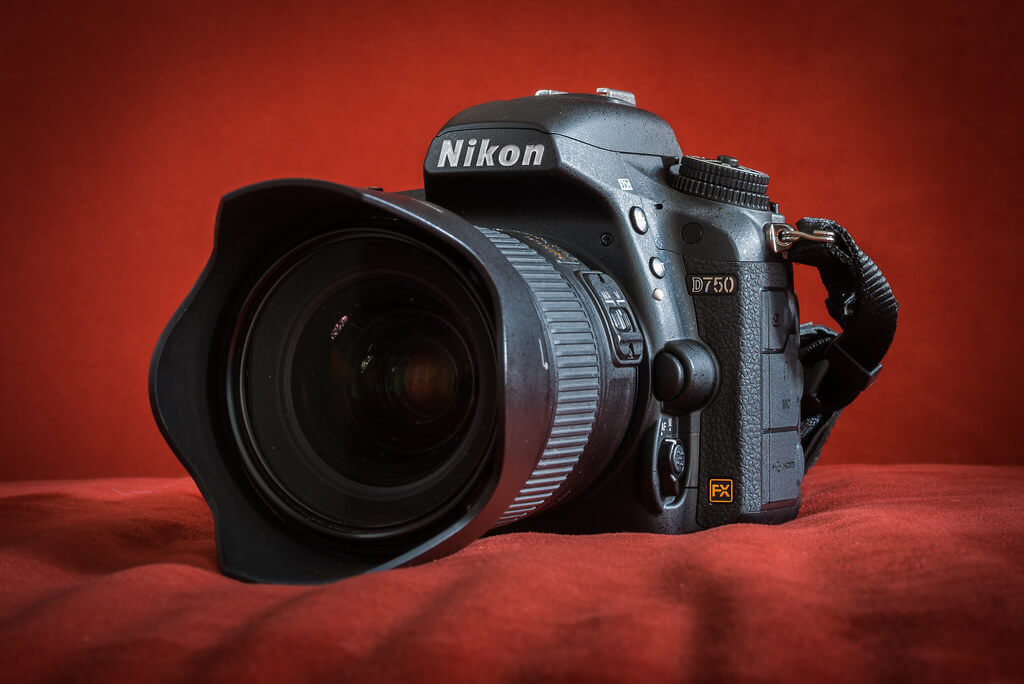Nikon is one of the most popular camera brands in the world today. Apart from the fact that the brand has established a niche in the industry, thanks to their outstanding products, they have worked their way into the hearts of many fans largely because of their products’ competitive prices.
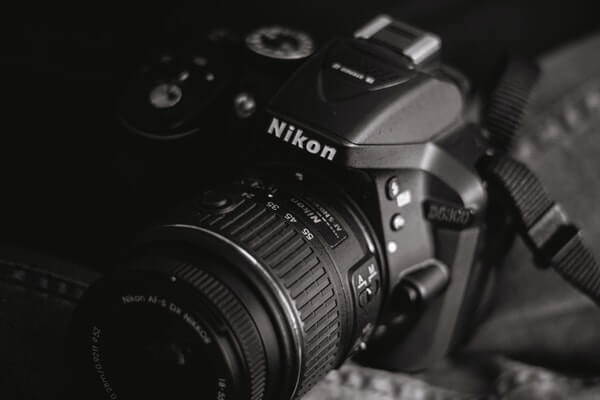
The Nikon D5300 and the D5600 are among the brand’s popular digital cameras. Announced in 2013 and 2016 respectively, both cameras also rate among the most successful Nikon cameras in the Nigerian market. This post takes a look at how much both cameras go for, their core features and how they compare in terms of specs.
Nikon D5300 and D5600 prices in Nigeria
With the global unease as a result of the current global pandemic, it is difficult to put a fixed price on imported gadgets like digital cameras. However, based on the current valuation of both cameras in the Nigerian market, the Nikon D5300 is available for purchase for anything from N450,000 depending on the accessories accompanying the camera while Nikon D5600 costs a bit more, going for anything from N680,000 depending on the spec and variant. It should be noted that the currency exchange rate at the period of purchase affects the prices the digital cameras go for.
PRICES LAST UPDATED: FEBRUARY 15, 2024.
Nikon D5300 and Nikon D5600: Review
If you are looking to purchase a budget-friendly, entry-level digital camera, then both the Nikon D5300 and Nikon D5600 should be among the options on your list. Both cameras don outstanding features and for the prices they go for, they are relatively affordable. Both don an integral APS-C sensor.
Let us now take a deeper look at both cameras, highlighting their similarities and differences.
Body and Design
Since both cameras fall under the same series, one wouldn’t be surprised that the cameras have similar designs. There are no real differences between both cameras when it comes to size and weight. The Nikon D5600, though, is about 2 percent smaller and about 3 percent lighter than the D5300, which makes it a bit more portable and easier to handle. The D5300 has dimensions of 4.9 by 3.9 by 3.0 inches and weighs 17.1 oz., the D5600 dons dimensions of 4.9 x 3.8 x 2.8 inches and weighs about 15.0 oz. Both cameras are moderately compact and lightweight.
Sensor
Both Nikon D5300 and Nikon D5600 feature APS-C sized 24.0 Megapixel resolution sensors. This means there is no difference between the sensor sizes of both cameras. Another feature both cameras have in common is that their sensors do not feature anti-alias filters. Eradicating the anti-alias filter surges the sharpness but also increases the chance of moire stirring in certain scenes. Because both cameras have the same sensor size, they are expected to provide the same control level over the depth of field when operated with the same focal length.
Video Performance
The Nikon D5300 gets a Full HD video and dons a pleasingly smooth frame rate up to 59.94fps, which magnifies the description of previous models. For the Nikon D5600, there is a Full HD video that clips about 59.94 fps maximum frame rate, with unceasing autofocus, used when in Live View recording mode so as to keep up with subjects that are moving. Although none of the cameras features 4K shooting, which can be quite disappointing, the omission of 4K shooting does not come as a real surprise as many other DSLRs in its category or lower offer that level of spec when likened to a CSC.
Auto Focus
When it comes to the autofocus system, both the Nikon D5300 and D5600 cameras are again obviously peas in the same pod. The Nikon D5600 offers up the same specification, with the same expanse of focus points delivered, all of which are selectable.
Connectivity
Another aspect that Nikon does not disappoint is the connectivity. The Nikon D5300 has very good connectivity options. The camera features inbuilt GPS and Wi-Fi, although the absence of Bluetooth technology is one notable omission. The Nikon D5600 has the majority of the connectivity options that the D5300 features and adds Bluetooth capabilities with the feature. Surprisingly, the camera does not have GPS tracking, which is rather strange, especially comparing how much it goes for. Both cameras come with HDMI outputs which makes it easier to transfer videos and pictures to external devices.
When it comes to video recording, it is worth noting that both cameras feature an inbuilt microphone. There is also an additional port to connect an external microphone. None of the cameras has external headphones or speakers.
Battery Capacity
The Nikon D5600 have longer battery life. While it can take about 970 shots with a full charge, the Nikon D5300 can only manage about 600 shots within the same time frame.
Viewfinder
The Nikon D5300’s viewfinder delivers an approximate 95 percent frame coverage, with 0.82x magnification and dioptric adjustment. This is the same specification as the Nikon D5600. They also have the same LCD spec. The D5600 also features a 170-degree viewing angle and touch screen control. The fact that it is a touchscreen means that it can be tapped to direct the camera to the subject you are looking to focus the camera on, which in turn helps the usage of the camera in Live View mode. One can also pinch or flick to zoom an image on the playback mode.
Related posts
- GoPro Camera Review & Prices in Nigeria (April 2024)
- Nikon D7200 Price in Nigeria (2024) + Review & Key Features
- Nikon D3500 Price in Nigeria (2024) + Review & Key Features
- Sony Video Cameras & Prices in Nigeria (April 2024)
- Nikon D40 Price in Nigeria + Key Features (April 2024)
- Sony 4K Camera Price in Nigeria (April 2024)
- Canon Camera Prices in Nigeria (April 2024)
- Sony FX3 Price in Nigeria (April 2024)
- Nikon Camera Prices in Nigeria (April 2024)
- Camera Lens Prices in Nigeria (2024)
- Video Camera Prices in Nigeria (2024)
- Nikon D750 Price in Nigeria (2024) + Review & Key Specs
- Hikvision Camera Prices in Nigeria (April 2024)
- Canon 5D Mark II Price in Nigeria (April 2024)
- Sony A7 IV Price in Nigeria (April 2024)
- Sony ZV-E10 Price in Nigeria (April 2024)
- CCTV Camera Prices in Nigeria (2024)
- Panasonic Camera Prices in Nigeria (April 2024)
- Digital Camera Prices in Nigeria (April 2024)
- Nikon D850 Price in Nigeria (2024) + Review & Key Features
- Sony ZV1 Price in Nigeria (April 2024)
- Nikon D7100 and D7200 Prices in Nigeria (2024) + Review & Key Features
- Canon 600D Price in Nigeria (April 2024)
- Nikon D610 Price in Nigeria + Key Features (2024)
- Nikon D5300 and D5600 Prices in Nigeria (April 2024)
- Drone Camera Prices in Nigeria (2024)
- Sony A6400 Price in Nigeria (April 2024)
